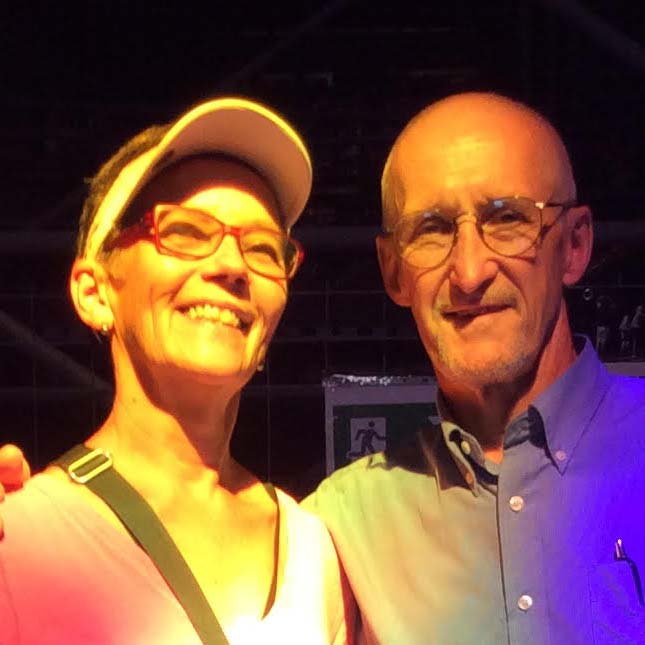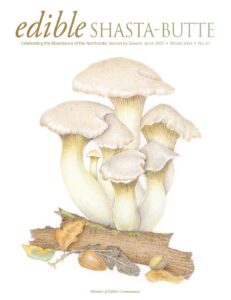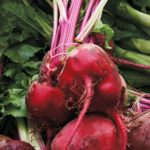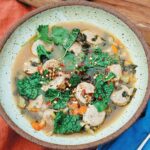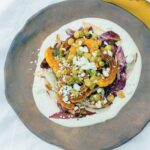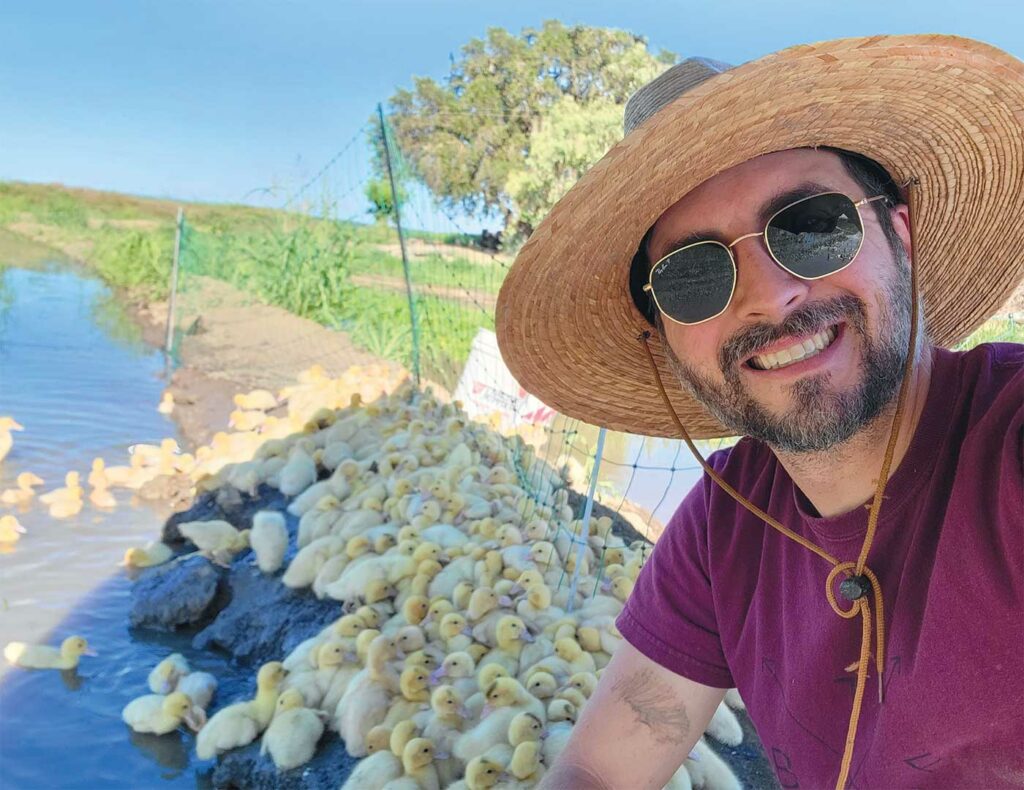
Hello from Christopher and Bruce! We’re excited to share our journey with all you wonderful people. Lopes Family Farms is the beginning of a fourth generation of rice farming. We’re a father and son duo on a mission to reinvent our farm to better support our community and adapt to an ever-changing climate. We set out to adopt a new method of farming rice as well as mill and sell our own rice for the first time in our farm’s long history.
The adventure began back in 2015, when I, Christopher, learned of the Japanese style of duck rice farming. Traditionally, organic rice requires deep water to control the weeds by drowning them. I thought the duck rice method was brilliant, because it used ducks to manage the weeds. If we could use ducks in our organic field, it would allow us to reduce irrigation. The method involves a symbiotic relationship between rice, field, and ducks. The rice provides shelter from predators, while the weeds and bugs provide food for the ducks, which provide crucial nitrogen for the rice and soil. In addition, the ducks, once harvested, provide a second source of sustainable food in the same use of land and resources.
The method involves a symbiotic relationship between rice, field, and ducks. The rice provides shelter from predators, while the weeds and bugs provide food for the ducks, which provide crucial nitrogen for the rice and soil.
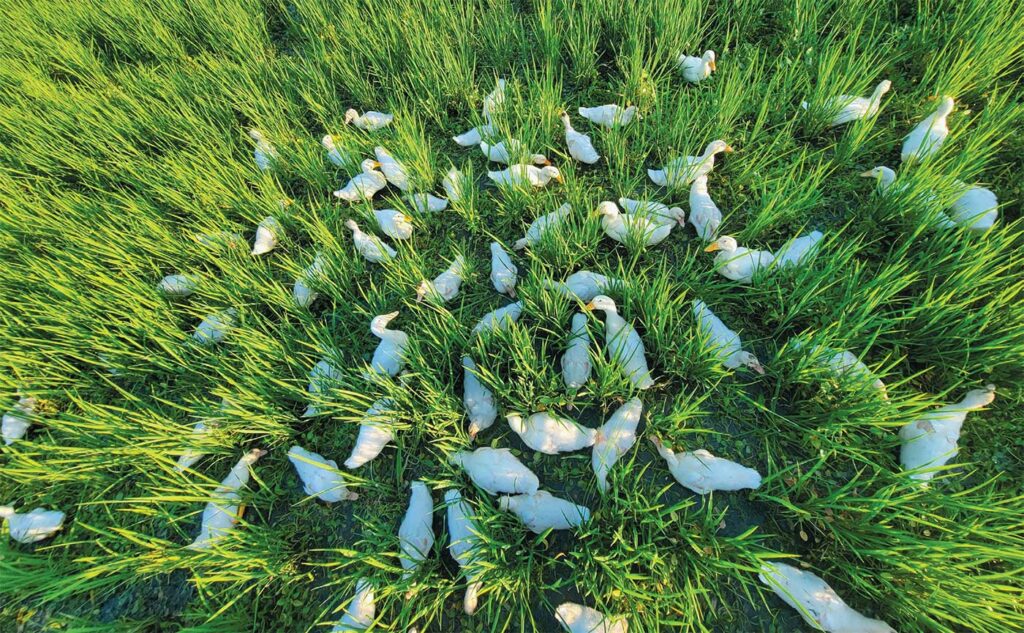
A Blast from the Past
Our roots extend back 113 years to when my great grandpa, John Sr, settled in Princeton, California, in 1910. His son Charles inherited the home piece and the Willow Creek property, 203 acres combined. He then formed the Charles Lopes and Sons partnership with Richard, Larry, and Bruce in 1967. As time went on and the brothers started their own families, they found that the farm couldn’t sustain all of our families. Due to my dad’s diligence and curiosity, he eventually became the manager of the farm, and his brothers went to find other jobs to support their families while pitching in to help on the farm when they could.
My Uncle Larry was the champion of organics for the farm. With his persistence and passion for getting away from chemicals and be more sustainable, he convinced the partnership to become certified organic in 2001. It was a difficult transition, because we had to use organic practices for two years before becoming certified. Since we could no longer use herbicides, we had only two options: to leave the land fallow during the drought of 1999 or to grow milo, which is a dry land crop with dry land weeds. At this time, just before starting to grow rice organically, our neighbor Jerome Cardoso told my dad that in the old days there were no chemicals, so they kept the water deep to drown the weeds. It was a scary method because you had to hold deep water for eighteen days before lowering it two inches to allow the rice to get above the water, by which time all the water grass is dead, but if you get the timing wrong you can kill the rice too. You sacrifice 10% of your yield in using this method, but you can grow nearly weed-free rice. In using this method, we discovered we continuously grew rice each year with no weeds. It has been twenty-two years and we’re still weedfree in our organic fields.
Very often, I would get called into work multiple times a night, then go to work in the morning and spend my afternoons driving tractor until the sun went down.
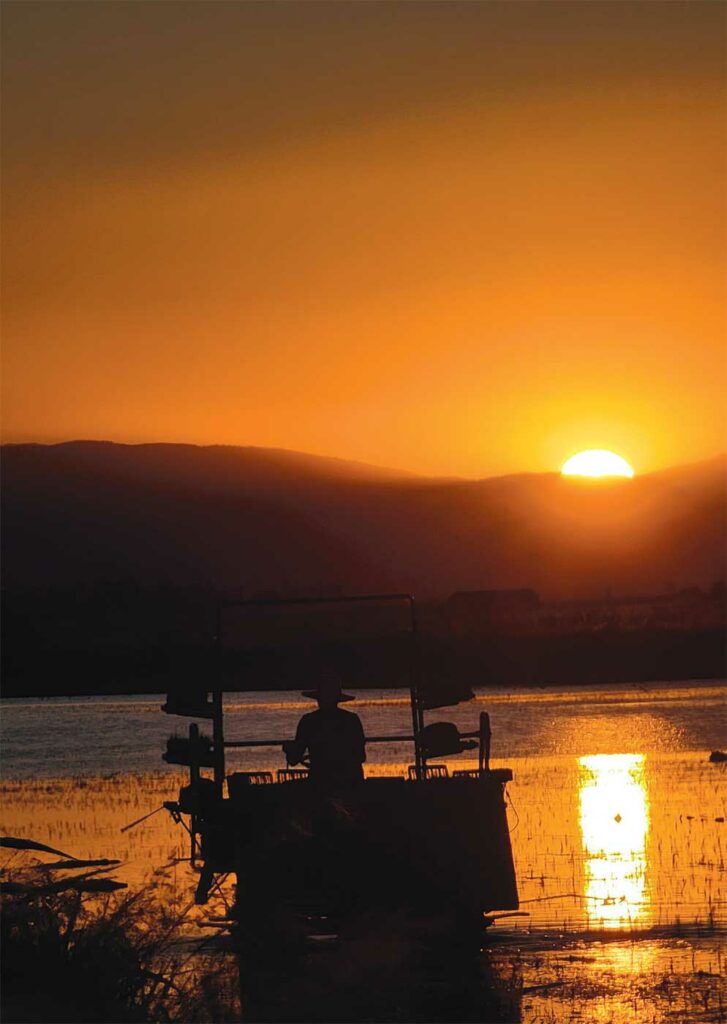
A New Paradigm
The start of Lopes Family Farms began with my dream of keeping the family’s farming tradition alive. My dad and I decided to start this new company together; it would center around our mission and goals of milling and selling our rice and ducks. As I grew up on the farm, I watched my parents struggle to keep the farm afloat, while also taking care of my grandparents. The farm earned just enough income to support us and plant the next year’s crop. As an only child in a farming family, I eventually realized that there would be no brothers or sisters to help me manage the farm and also take care of my parents when they got older. This goal became even more daunting when I factored in the limited income of the farm, barely enough to support us through my childhood, with no retirement savings for my parents. I watched as the debts grew and the profits dwindled through the years due to the increasing costs of farming.
Even with all the stress from hardships, my father never lost his optimism and faith. His excitement for life, farming, and giving without ever expecting anything in return instilled in me the same values and perspective on life. I like to say I’m pathologically optimistic, because he taught me to always look for the good in every situation and to have faith that the universe is conspiring to help you as long as you put out the proper intention. I watched him get the job done, no matter what, year after year. I watched miracles happen each year with my dad farming.
When it came time to fly on our seed, the winds would die down for the day, and when we needed to finish working the fields, the rain would stop at our property line just long enough for us to get the job done. Seeing my dad’s passion for farming through the years, the freedom it provided him and his desire to help others lit a fire in me to find a way to make the farm survive and thrive. I wanted the farm to make enough to support my parents and the family I hope to have some day, as well as provide for the community.
When I was young my dad used to tell me that the farm probably wouldn’t be here when I got older and that I should go to college to find a different career. He said I needn’t stress about becoming a farmer but should just live the life I wanted. He didn’t lay any expectations on me. Now that I’m older, I realize how difficult that advice must have been to give, with such a long family history of farming and my father’s love for what he does. Without telling my dad, I came up with a long-term plan to keep the farm alive: I would become an x-ray tech. Then I would make me enough money to live and also to supplement the farm’s income in the tough years.
Starting in high school, I organized my life in a way that made sure I would take the fastest route to a career as an x-ray tech. I scoped out the requirements for the program at Yuba College. I got my driver’s license as soon as I could and took summer classes at Butte College while in high school to meet those requirements. Once I graduated high school, I went to Butte College and crammed all the prerequisite classes for the x-ray program into one year and then applied immediately. It was a good thing I did that, since the program had a three-year waitlist that grew to fifteen years by the time I was halfway through the two-year program.
Once certified, I got a job at Glenn Medical Center where I was scheduled forty hours a week, plus another sixty hours on-call, hours that started as soon as I got off work and lasted until I came for work the next morning. I would squeeze in time on the tractor after work to help plant rice, and my amazing Medical Center coworkers would cover my on-call shift until the sun went down and I couldn’t drive the tractor anymore. Very often, I would get called into work multiple times a night, then go to work in the morning and spend my afternoons driving tractor until the sun went down. I loved the challenge, and it felt great seeing the plan from my high school years come to fruition. It was during this time that I discovered the duck rice method of farming.

Mornings I rose with the sun to give my babies a little food, as I trained them on their perilous journey over a hundred yards to the field.
Enter the duck
My son Christopher brought me into a whole new dimension of farming. Being a small rice farmer for forty-three years, I was led to believe that ducks were our worst enemy! Imagine my surprise when my son handed me a PhD dissertation written by a rice farmer from Japan named Takao Furuno, who put up electric fences around his five-acre plot to keep the ducks in and the predators out. This has benefited small farms around the world that were inspired by Mr. Furuno’s profound farming philosophy and brilliant method and led me to believe there was something to ducks ‘n’ rice.
As circumstances have it, the drought came again in 2020 and the timing was right to implement the duck rice method. We ordered rice transplanting equipment from China in the spring of 2021, which would allow us to grow rice in trays like sod. Once the mats of rice were ready for transplant, they would be placed in the back of the transplanter, which can plant six rows at a time with twelve inches of space in between each rice plant. When done right the field looks like a grid pattern. The spacing would allow the ducks to easily move through the field of rice.
With great excitement, we ordered our first batch of 180 ducklings in May, 2021, but, as fate would have it, the equipment’s delivery was delayed until July. This meant we’d missed our planting window and were stuck with 180 ducks and no rice field for them to live in. In fact, the ducks arrived a week earlier than we anticipated, so we hadn’t yet constructed the duck shack and their one-acre pond. We did the only thing we could and raised the ducks in our garage while racing to finish their pond and new home.
The garage was right next to our kitchen door and the number of flies was biblical. While those ducks may never have served their true purpose in the rice field, they didn’t go to waste. The fires in our area were horrible that year, so we donated the ducks to relief kitchens for people displaced by the fires and the firefighters who needed a quick meal.
It wasn’t until 2022 that we successfully implemented the duck rice method. The challenge that year would be even larger and riskier, because the plan was to plant fifteen acres of rice and raise 400 ducklings. This would require us to learn how to grow rice in 1,600 trays, how to transplant that rice, and how to train 400 ducks to follow our commands. Of course, nothing ever goes straightforward in farming. There were no water allocations for the west side of the Sacramento River, and we had to use most of our money to drill a well on our property. We finished our well days before our crop insurance eligibility deadline, which was important since it meant if the weather ruined our crop before harvest, then we’d still make some money. We then planted our regular organic rice and proceeded to plant our organic duck ‘n’ rice.
But then we found out the method we chose to get our water across the canal to our field was the wrong one. We couldn’t get our water to the fifteen-acre field that we wanted to plant for the ducks, so I used my farmer’s ability to adapt and planted an eight-acre field instead of the fifteen acres, collected some insurance, and still had our duck rice. We ordered our ducks, but they came a little late, and now we had a dilemma of a field full of weeds and 400 little ducklings to go out amongst the mass jungle we had acquired.
Weeds are our greatest enemy! We want to grow rice, not weeds, and, if present, weeds can outcompete rice for nutrients, light, water, and space. The raising of the ducks has been one of my most pleasurable and daunting times. At age sixty-four, I had to learn all new farming practices, rethink everything that I knew, and press on to the future, for I knew my son had the right idea!
After all was said and done, the rice was planted, and it was time for the ducks. Mornings I rose with the sun to give my babies a little food, as I trained them on their perilous journey over a hundred yards to the field. It was a beautiful day when I opened the door to their duck shack, and all my babies ran past me and hurried their way without me to the rice paddy to eat! It was a monumental moment that lives in my heart.
Needless to say, it was beautiful—until the moment 80% of the birds got on the field bank and sat there for the rest of the day! That’s when we learned our Muscovy ducks are wood ducks and prefer to perch in trees as adults and like land. Little did we know that I was going to spend the next three weeks in the rice field showing them how to do their job! And a job well done, for in their wake they ate every weed, every bug, every shrimp, all the while supplying fertilizer for the rice.
With the duck rice method, we were able to use a third of the water, cut fertilizer by one third, and cut out organic pesticide costs completely! We are still amazed at how well it works!
It was a beautiful day when I opened the door to their duck shack, and all my babies ran past me and hurried their way without me to the rice paddy to eat!

Over a century and still learning
The 2022 season was successful beyond our wildest expectations. The countless trials and tribulations that happened every day for the two years leading up to this point brought with them an unbelievable amount of growth personally, as a farm, and as a family. This spring we will have finally achieved our goal of having our duck rice milled and ready for sale.
We couldn’t have seen such unbelievable success in such a short order if it weren’t for the amazing members of the Chico community. Donna Garrison of Butte County Local Food Network got our name out to the community; Chefs Preston Ferris and Erik Petersen showed us how incredible our ducks were as food; Farwood chef Thomas Galligan was the first to buy our ducks and feature them on the menu in some of the best dishes I’ve ever had; Matt and Lisa of Pyramid Farms have advised and supported us; Chris and Katrina Woodcox helped develop our branding material and marketing content; Emily Porter and Rob Rasner at the Winchester Goose encouraged us by making us a regular menu item; Jeff King and Sarah Jester at Grana, who taught us about the restaurant business, always dream up new delicious recipes for our ducks and soon our rice!

Bruce and Christopher Lopes raise organic ducks and rice on their farm in Princeton, which has been in the family for 113 years. This is the first in a four-part series and introduces readers to the family farm and its latest innovation, ducks ‘n’ rice. The Lopes’ ducks are featured on the menu of Grana and The Winchester Goose in Chico. Once milled this spring, their rice will join the ducks on Grana’s menu.

